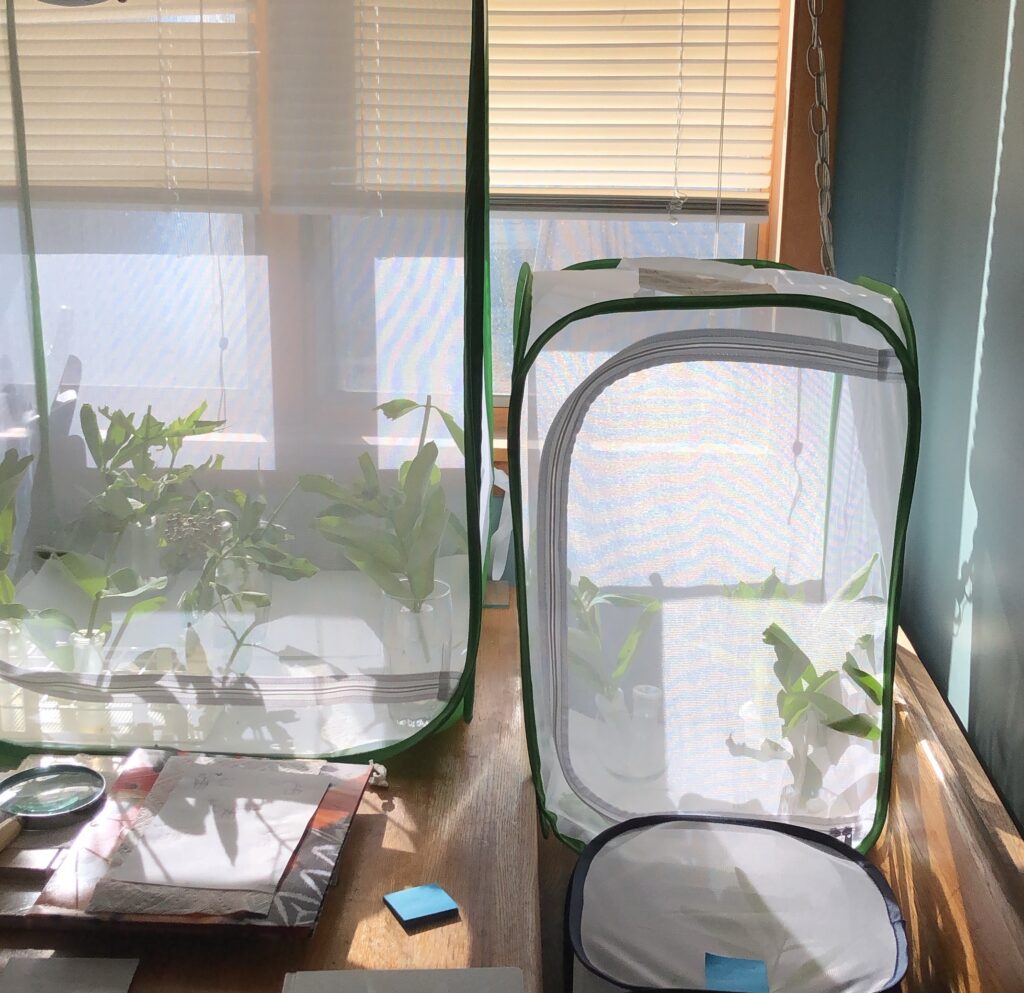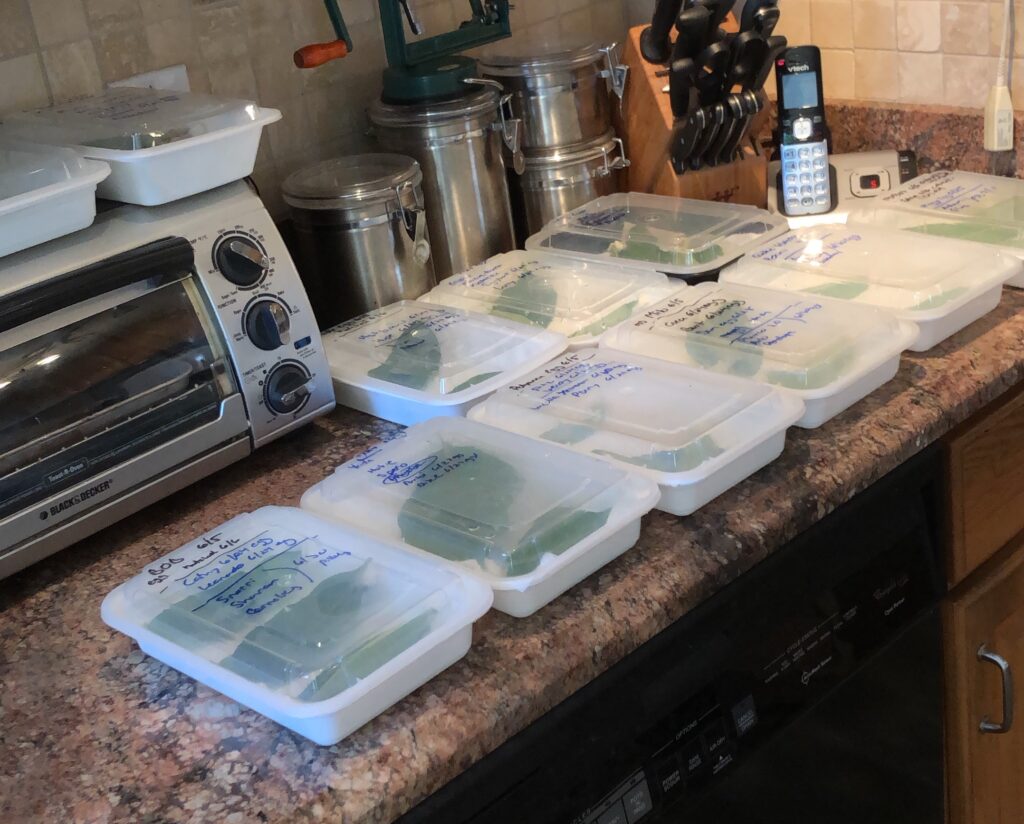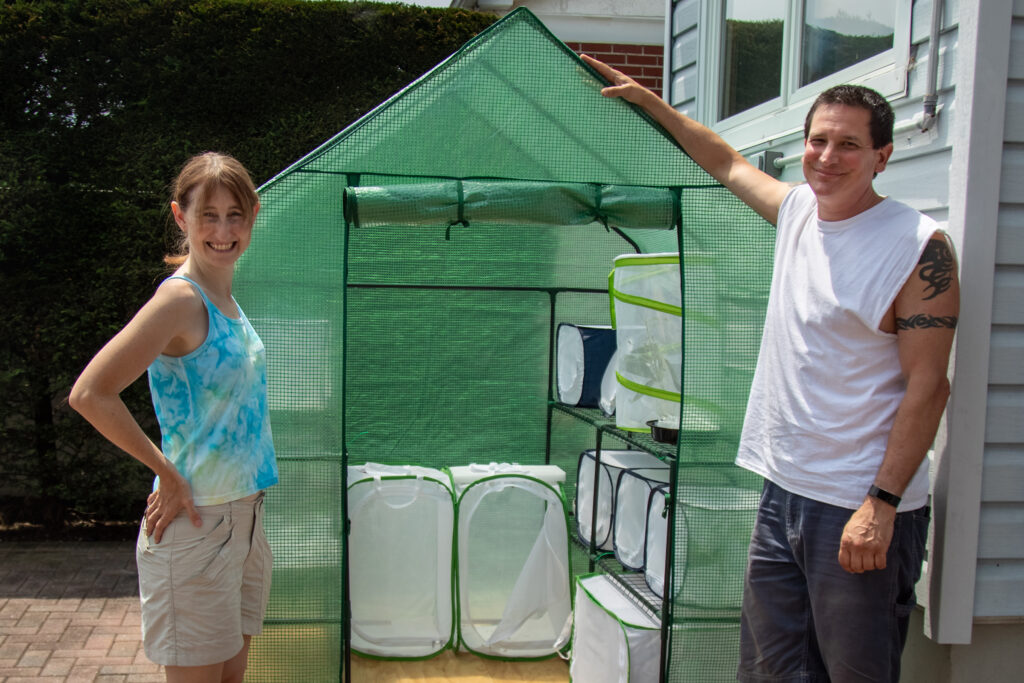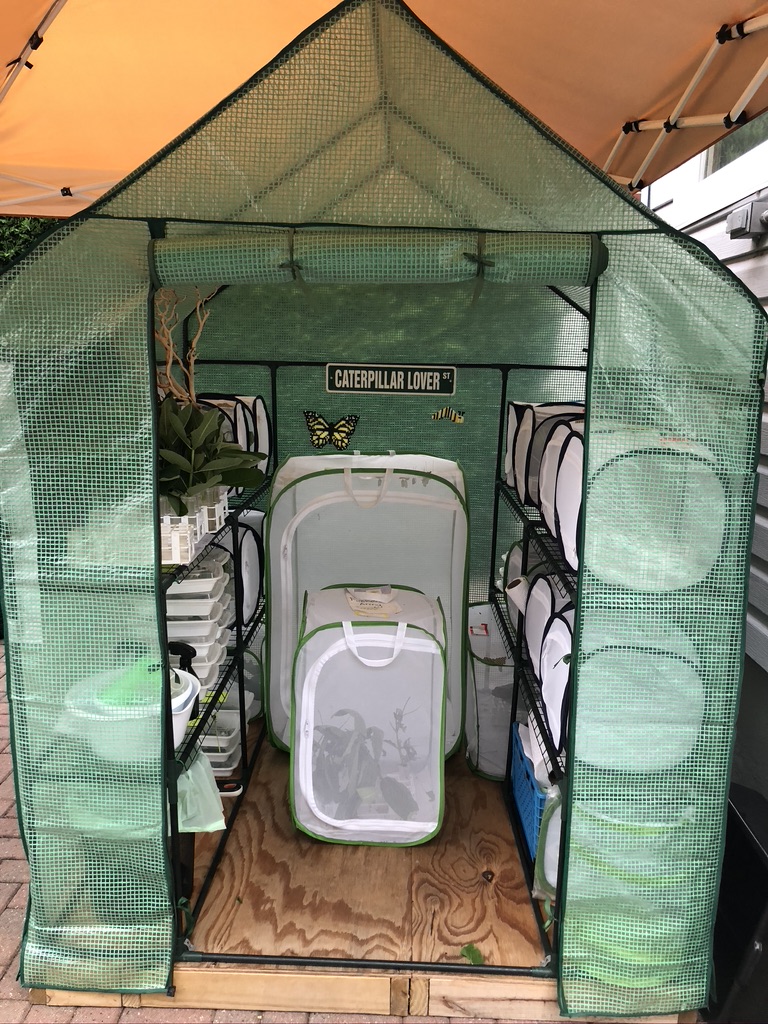
So, you’ve decided you want to raise Monarchs. The answer to “should you” will depend on this:
WHY do you want to raise them?
For education? For conservation? For study?
Rearing a wild species can not only be extremely fun, educational and rewarding – but being able to release that species back into the wild to help a struggling population, well there’s not a magical enough word to describe it.
Would you give up that magical feeling if you found out your actions were actually hurting them?
Or would you choose to ignore the evidence, believe in your own truth and continue without change?
Let’s start with a fact:
Raising a few monarch caterpillars in your living room is OK
Learning about a species and falling in love with them can lead to increased awareness for their conservation – for both children and adults! The process of watching their transformation to a butterfly is amazing. Releasing and even participating in wing tagging is an added level of excitement and education.
Of course it’s still important to learn as much as you can before starting, to give them the best care & chance at survival.
There are many online resources to learn from, as well as groups such as The Beautiful Monarch on Facebook. After reading this article, if you decide you want to start rearing them, start off by reading How To Get Started.
If you want to go beyond that, and start rearing them on a larger scale to help the wild population, you have a greater responsibility to them.
I used to raise monarchs indoors:


Then a Study Came Out
called “Contemporary Loss of Migration in Monarch Butterflies“
While this study focused mostly on captive bred monarchs, it also showed that
rearing wild-caught monarchs in an indoor environment mimicking natural migration-inducing conditions failed to elicit southward flight orientation.
PNAS study
(IN OTHER WORDS, THEY LOSE THEIR ABILITY TO MIGRATE)
Furthermore, “merely eclosing indoors after an otherwise complete lifecycle outdoors was enough to disrupt southern orientation. Our results provide a window into the complexity—and remarkable fragility—of migration.”
Yes, this was ONE study. But as a citizen scientist, we have the responsiblity to listen to science and do the best with the resources and knowledge we have available to us. Science and knowledge of the natural world is always changing – and so should we as we learn from it and change with it.
So what did we do?

We Moved them outdoors!
While there are many other factors that are important to consider in rearing them in larger numbers for conservation (parasites, diseases, overcrowding, OE testing, milkweed bleaching), we continue to educate and ourselves and DO OUR BEST.
Professionally, I have background with invertebrates and have a degree in Biology, with post grad invertebrate zoology classes.
During each season, we raise and release over 1000 monarchs and tag the wings of about 150. This consumes 5-7 hours of our day EVERY DAY. Doing things right takes time.
If we didnt have the resources to raise them outdoors, would we continue to rear them?
NO.
UPDATE: In 2021 there was another study that showed indoor reared monarchs COULD migrate, but it took them 24-48 to recalibrate their senses. Combined with an additional study in 2020 which showed indoor reared monarchs are weaker, paler and had less elongated wings, we will continue to promote outdoor rearing.
If you’re passionate about monarchs,
there are many other ways to help them!
We will write another post on this, but click here for many great ideas from the Journey North website.
Here’s what the house looks like today:


Thanks for sharing this. We raised monarchs for the first time this year. We found caterpillars on milkweed in our yard and brought them inside feeding them milkweed from our yard. It has been a fun process, but if we do it again next year we will leave the butterfly house outside in a shady area. We also shared caterpillars with our neighbors so their elementary aged kids could have the experience. I only want to do this if we know it’s helping more caterpillars survive to butterfly stage.
Wonderful! Yes there’s many ways to help them, and like I said, what you did is absolutely ok – especially to try and learn more about the species. Now that you have more experience, you can rear them outside! Always feel free to reach out with any questions 🙂
Well said and excellent resources to help those interested in finding their own paths to helping monarchs. Thank you for everything you are doing to help this struggling species!
Thanks for the comment and taking the time to read!